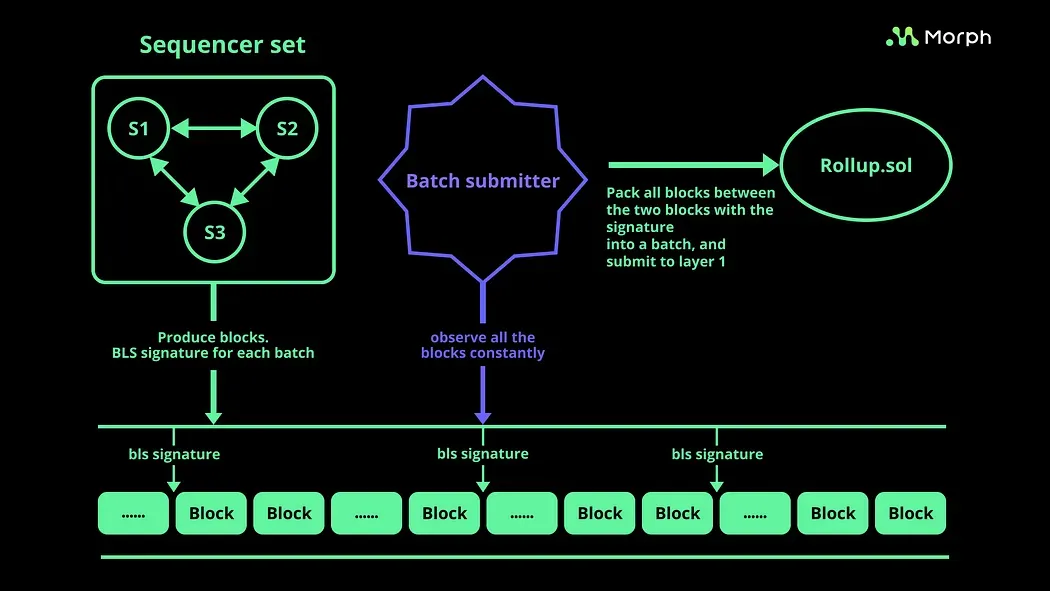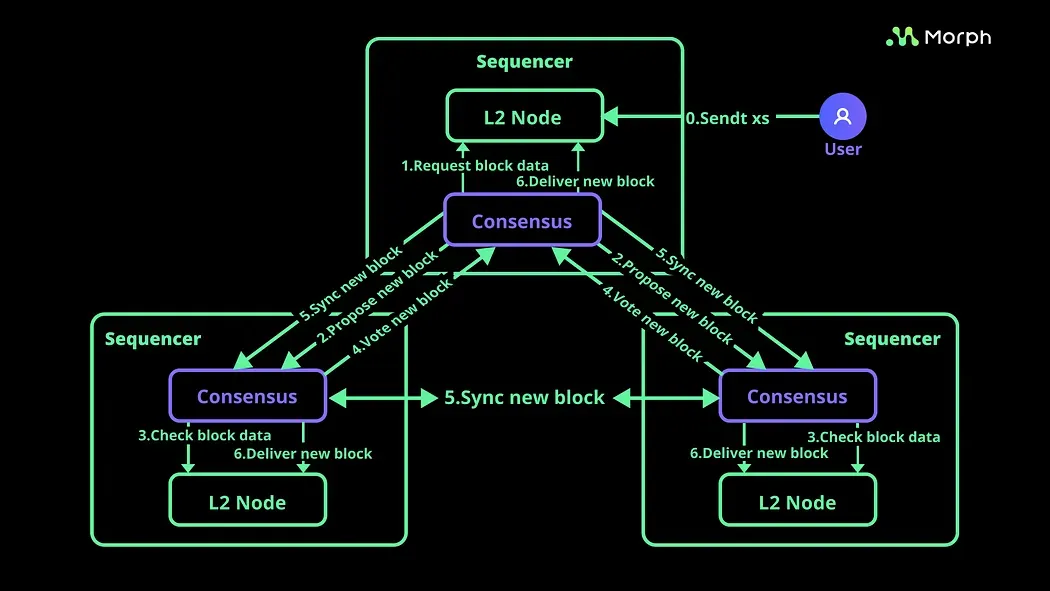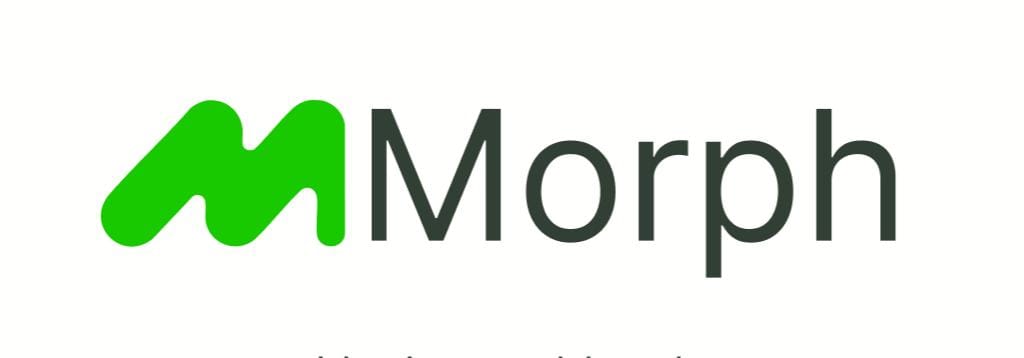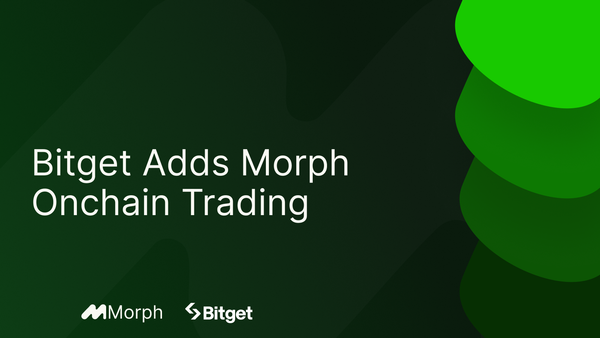Introduction to Decentralized Sequencer Network

Welcome to this new web3 tech series - This newsletter will delve into both our core tech stack and the latest developments in the web3 ecosystem, published every Friday. In our first edition, we'll deep dive into the concept of a sequencer and the important role of a decentralized sequencer within Morph's network.
Let’s dive into it.
TL;DR: What is a Sequencer?
In brief, a sequencer is an entity in Layer 2 blockchain architectures responsible for sequencing transactions and generating blocks. Unlike the traditional proof-of-work or proof-of-stake models in Layer 1 blockchains, where miners or validators package transactions, Layer 2 sequencers perform this role without the competitive aspect of mining or staking. However, centralized sequencers, despite their efficiency, introduce risks such as single points of failure, transaction censorship, and monopolization of miner extractable value (MEV).
Problems with Centralized Sequencers
Centralized sequencers are a double-edged sword. Their efficiency comes at the cost of significant vulnerabilities:
- Single Point of Failure: A centralized sequencer, if compromised, can halt all Layer 2 operations, posing a severe risk to the network's stability.
- Transaction Censorship: Centralized sequencers can exercise unwarranted control over transactions, potentially censoring or prioritizing transactions based on bias or profit motives.
- MEV Monopoly: With the power to sequence transactions, centralized sequencers can exploit MEV, affecting users' trust and the fairness of the blockchain.
Morph's approach to decentralization.
Morph's approach to decentralizing sequencers is pretty pragmatic. It’s designed with a focus on Ethereum scaling, aiming for efficiency without compromising on decentralization. The decentralized sequencer network operates on principles of modularity, Byzantine Fault Tolerance (BFT), and BLS signatures for cost-effective scalability.
Morph sets itself apart from other Rollup projects because it was built with a decentralized sequencer network in mind from the start. It's driven by key goals:
- Efficiency: At its core, Morph aims to make Ethereum faster and cheaper to use. It promises quick processing and confirming of transactions on Layer 2 while keeping everything as decentralized as possible.
- Easy to Upgrade and Expand: The way Morph's network is put together makes it easy to take care of, grow, and improve. It's designed so that fixing one part won't mess up the rest. Plus, it's flexible enough to incorporate new and better methods as they come along.
Benefits of Decentralized Sequencers
Decentralizing sequencers brings several advantages over the centralized model:
- Enhanced Security: By distributing the role of sequencers, the network mitigates the risks associated with single points of failure.
- Reduced Censorship: A decentralized network of sequencers ensures that transactions are processed fairly, without undue censorship or prioritization.
- Fair Distribution of MEV: Competition among sequencers for MEV leads to a more equitable distribution of value and reduces the potential for exploitation.
- Increased Trust and Stability: A decentralized sequencer network fosters a more trustworthy and stable environment for Layer 2 operations.
The Architecture

Sequencer Set and Staking Contracts
The decentralized sequencer network comprises two main elements: the Sequencer Set and the Sequencer Staking Contract.
- Sequencer Staking Contract: This contract oversees the election of sequencers into the Sequencer Set. Through a transparent and democratic election process, sequencers are chosen to serve based on their staked ETH and Morph tokens. The election results are periodically synchronized with the Layer 1 Rollup contract to ensure consistency and integrity across layers.
- Sequencer Set: This is the core group responsible for providing sequencing services. Sequencers in this set are selected based on their stake and their ability to contribute to the network's operations effectively.
Byzantine Fault Tolerant Consensus and BLS Signatures
To achieve consensus on Layer 2 block generation, Morph utilizes a Byzantine Fault Tolerant (BFT) consensus mechanism. This choice ensures that the network can reach agreement on the state of transactions even in the presence of potentially malicious actors.
Moreover, the network employs BLS signatures for batch signing of transactions. This method allows for efficient verification of consensus on Layer 1, maintaining cost-effectiveness as the sequencer set expands. The BLS aggregate signature ensures that even with a growing number of sequencers, the cost associated with committing signatures to Layer 1 remains constant, addressing scalability concerns directly.
Layer 2 Blocks Generation and Batching

Within Morph's architecture, each sequencer operates a consensus client that communicates with other sequencers to form Layer 2 blocks. Following the consensus, transactions are extracted from the mempool, blocks are constructed, and then synchronized with other sequencers for verification.

To manage the costs associated with Layer 1, sequencers sign a batch of blocks at specific checkpoints using BLS signatures. These batches are then submitted to Layer 1, where they undergo verification to ensure the integrity and consensus of transactions.
Staking in Morph’s Decentralized Sequencer Network
- ETH and Morph Staking: Sequencers stake ETH and Morph's native tokens to participate in the network. This staking mechanism ensures accountability and incentivizes honest participation.
- Sequencer Set Selection: Sequencers are selected based on their staked assets, with the set dynamically adjusting to ensure optimal network operation.
- Rewards and Penalties: A balanced system of rewards for block generation and penalties, including slashing for dishonesty, ensures a self-regulating ecosystem.
- Decentralized Governance: Initially, only holders and stakers have governance rights, promoting a truly decentralized governance structure.

Here’s a video to get more details about decentralized sequencer network:
Wrapping it Up
Hopefully this guide has provided you the essential information to know more about our core tech stack. We encourage you to provide feedback and ask questions, and subscribe to our newsletter for future articles.
You can also join our discord channel or follow us on Twitter.





